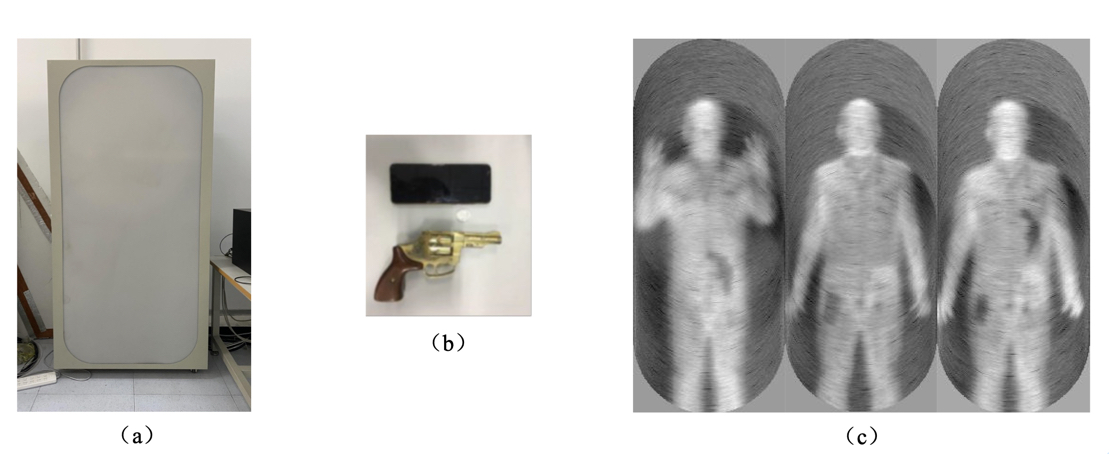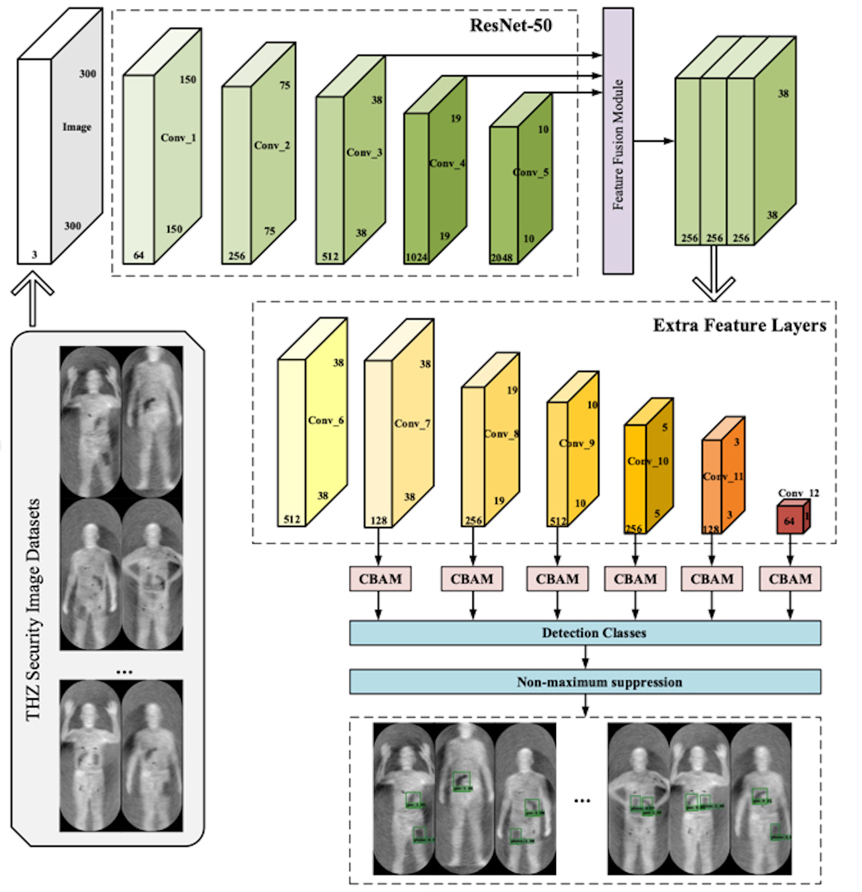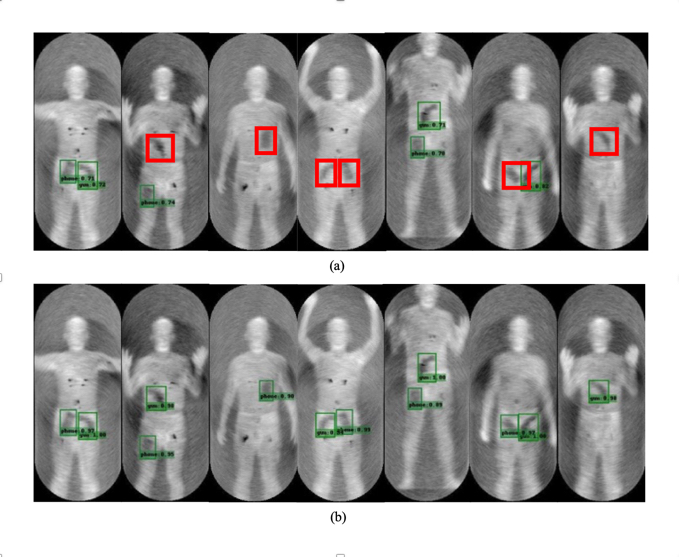Deep Learning Technology Enables Terahertz Security Inspection More Accurate and Faster
With the strengthening of global anti-terrorist measures, it is increasingly important to conduct security checks in public places to detect concealed objects carried by the human body. Research in recent years has shown that deep learning is helpful for detecting concealed objects in passive terahertz (THz) images. However, previous studies have failed to achieve superior accuracy and performance for real-time labeling.
A research team led by Prof. FANG Guangyou from the Aerospace Information Research Institute (AIR), Chinese Academy of Sciences (CAS) trained and tested a promising detector based on deep residual networks using human image data collected by passive terahertz devices (Figure 1a, b, c). The proposed new method can be used for accurate and real-time detection of hidden objects in terahertz images. The study was published in Scientific Reports.
The research team replaced the backbone network of the SSD (Single Shot MultiBox Detector) algorithm with a more representative residual network to reduce the difficulty of network training. Aiming at the problems of repeated detection and missed detection of small targets, a feature fusion-based terahertz image target detection algorithm was proposed. Furthermore, they introduced a hybrid attention mechanism in SSD to improve the algorithm's ability to acquire object details and location information (Figure 2). Finally, the Focal Loss function was introduced to improve the robustness of the model.
The research team also compared the proposed model with other mainstream detection methods on the terahertz human security image dataset. The results showed that the proposed method achieves significantly improved detection accuracy in comparison with the original SSD algorithm when the speed is only slightly reduced. The improved SSD algorithm effectively addresses the issue of missed detection while also enhancing detection confidence (Figure 3a, b). Therefore, it can meet the real-time detection needs of security inspection scenarios.
The insights gained from this research facilitate the application of deep learning techniques in smart security screening scenarios. It is believed that the method proposed in this paper will have important application value in the terahertz intelligent security systems.

Figure 1. (a) The 0.2 THz passive terahertz imaging device. (b) The metal pistol model and the mobile phone model. (c) The passive terahertz imaging results. (Credit: AIR)

Figure 2. Improved SSD network architecture. (Credit: AIR)

Figure 3. a) Detection results of the original SSD algorithm. b) Detection results of the improved SSD algorithm. (Credit: AIR)



News & Events